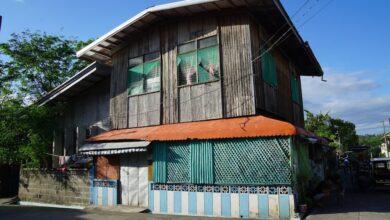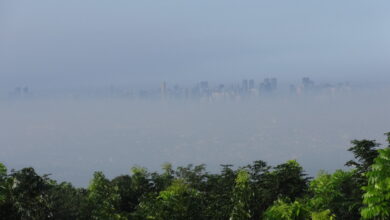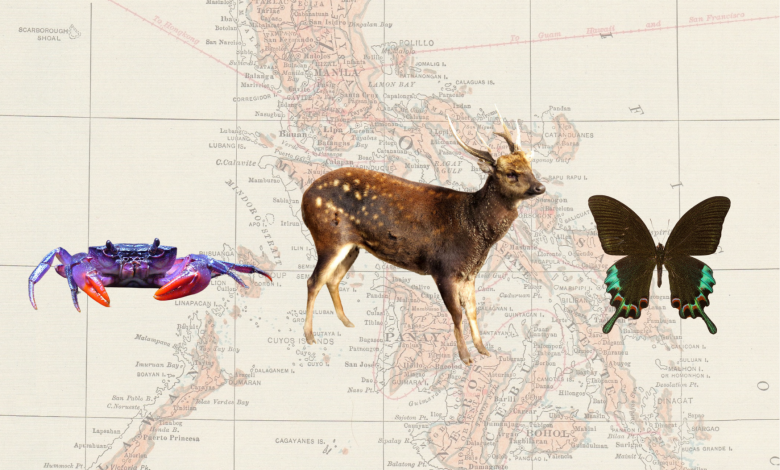
10 Majestic Philippine Animals You Should Know
When you ask the general public what Philippine animals they know, most people probably say the Philippine eagle, Tarsier, or Tamaraw. But beyond these charismatic and well-known species, our country is home to thousands of other majestic organisms.
The Philippines, with its variety of ecosystems, has one of the highest rates of animal endemism in the world. Despite the richness of our biodiversity, many of our unique wildlife remain overlooked, and several of them face extinction.
To raise awareness and celebrate our country’s biodiversity, Flying Ketchup curated ten majestic Philippine animals, found nowhere else in the world, that deserve attention and conservation efforts. See them below!
Philippine Trogon

Red, pink, orange, and blue – are just some of the colors of the Philippine Trogon, the inspiration behind the Ibong Adarna. This stunning endemic bird is found mainly in Luzon. However, you can find small populations of Philippine Trogon in Bohol, Leyte, Samar, and some parts of Mindanao. The male and female birds are different or dimorphic in color. Females are generally duller in color than males.
The Philippine Trogon is the only trogon species in the archipelago.
Palawan Purple Crab

This eye-popping crustacean is one of the four crab species discovered by scientists from Senckenberg Research Institute and De La Salle University in 2012. The species is exclusive to Palawan and inhabits small, lowland-forest ecosystems.
According to Hendrik Freitag of Senckenberg Museum of Zoology, its brilliant purple and red hues may not necessarily have a particular function aside from being a general visual signal for recognition to its brethren.
Visayan Spotted Deer

Visayan Spotted Deer is one of three endemic deer species in the Philippines. The other two are the Philippine sambar and the Calamian deer, which the IUCN listed both as threatened. The Visayan Spotted Deer lives only in the rainforests of Panay and Negros. Their most distinctive feature, which sets them apart from the two Philippine deer species, are beige spots on their sides and back.
Philippine Pangolin
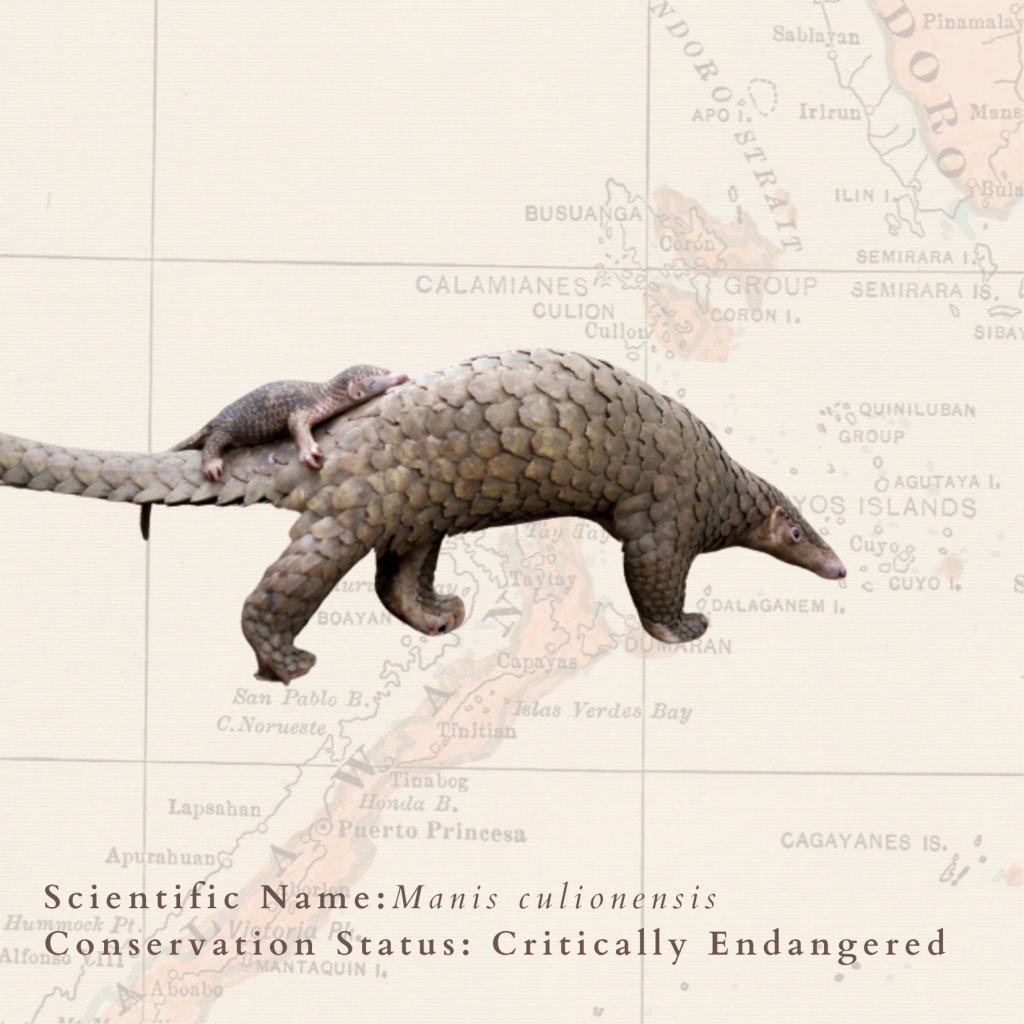
The Philippine Pangolin, locally known as balintong, is a shy, nocturnal, and elusive animal found in Palawan. Despite their peaceful nature, they are among the most heavily trafficked and abused Philippine animals. From 2018 to 2019, Philippine authorities seized nearly 7,000 Philippine pangolins from illegal wildlife traders.
Philippine Tangerine
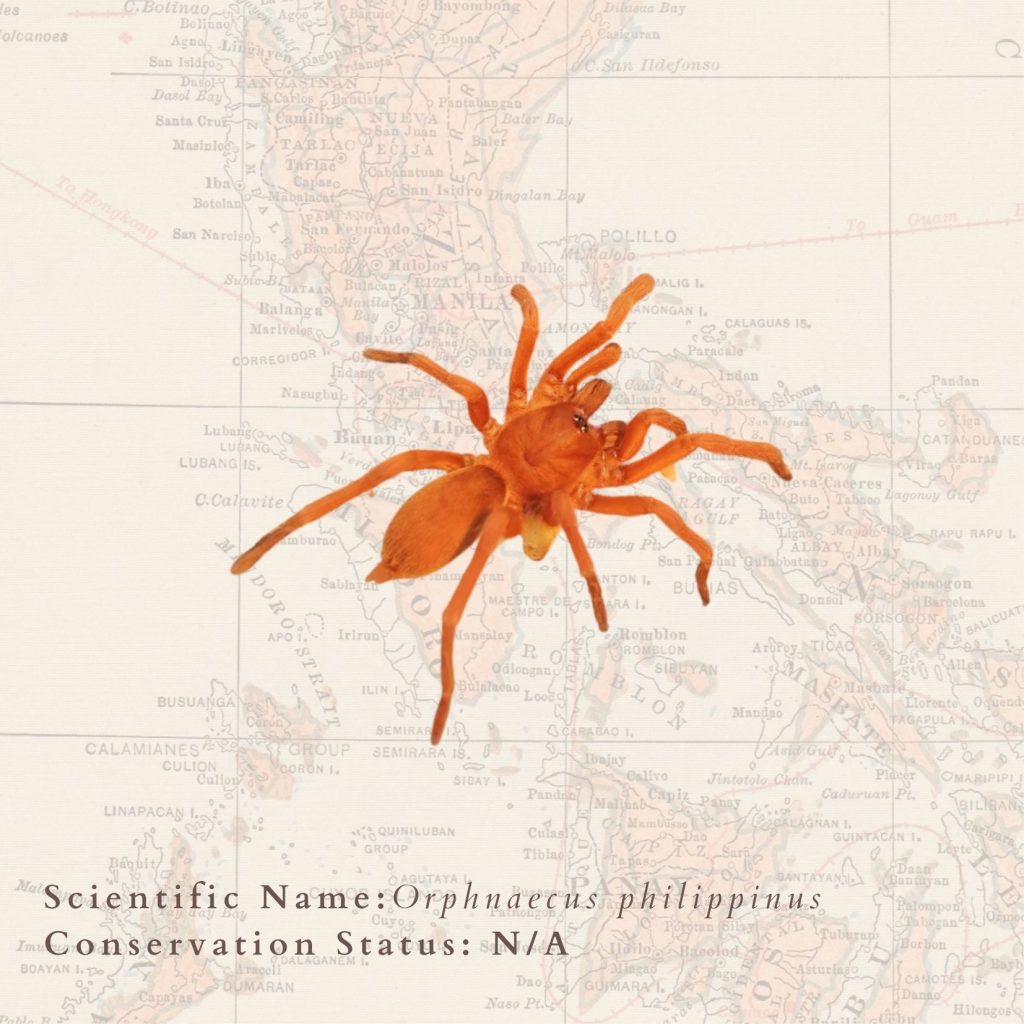
Do you know that we have native tarantulas here in the Philippines? One of our tarantula species is the Philippine Tangerine. It gets its name from its distinctive neon orange coloration. This hairy spider is an elusive fossorial species that live on the forest floors in our country. Many of our native tarantulas don’t have vivid coloration, making the Philippine Tangerine one-of-a-kind.
Sulu Hornbill

There are around 62 hornbill species globally, and the Philippines is home to 11 endemic species of it. Unfortunately, 9 out of 11 species are threatened, with 3 of them being considered critically endangered. One of them is the Sulu hornbill, the rarest hornbill in the world. It is a medium-sized hornbill with as dark as night feathers (except the tail), beak, and casque.
Sulu hornbill is endemic to the Sulu archipelago, inhabiting the islands’ mid-montane primary forests. In 2019, BirdLife International reported that only 27 mature individual hornbills are believed to exist in the wild.
Visayan Leopard Cat
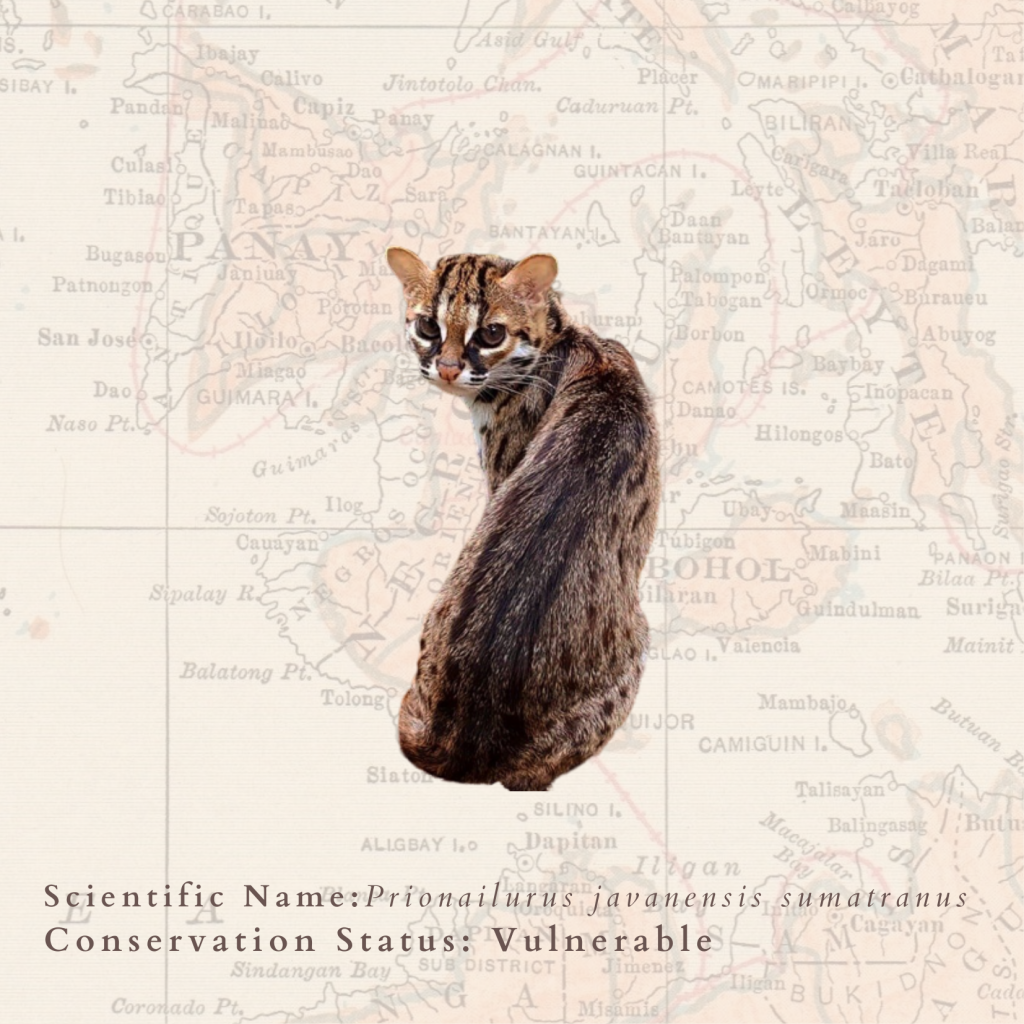
Our country doesn’t have tigers or lions, but we have the Visayan leopard cat, also known as maral. Maral is a wild cat that is endemic to the islands of Panay and Negros. They may look adorable, but they are not suitable as pets. They are difficult to breed in captivity, and they will eventually die if kept by a non-expert to wildlife.
Northern Luzon Giant Cloud Rat
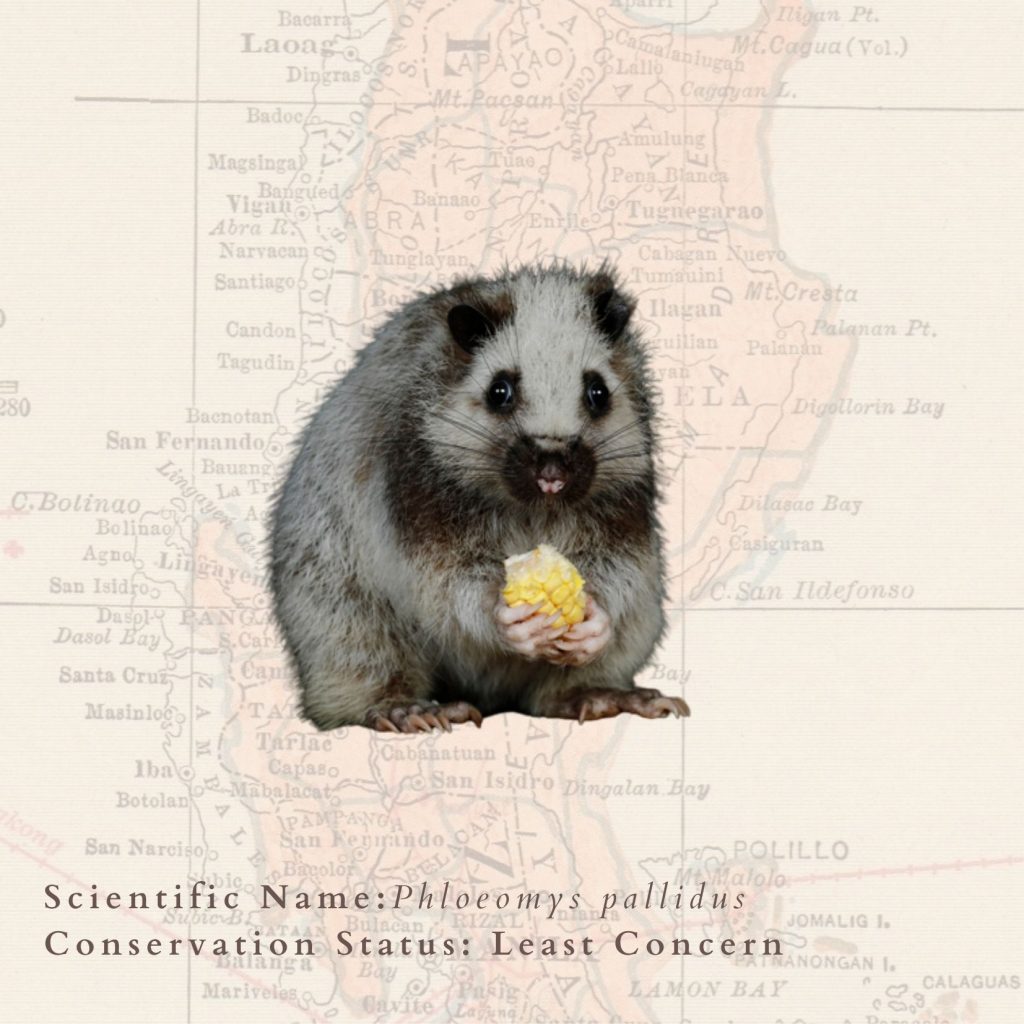
Unknown to many, our country has a unique group of rodents called cloud rats or cloud runners. This nocturnal tribe of rodents is endemic to the cloud forests of the Philippines and only live in the treetops, hence the name cloud runners. Among them is the Northern Luzon Giant Cloud Rat, a timid cloud rat with white or pale gray fur with dark brown or black markings on the face and body. Some people describe it as a panda-looking rodent.
Luzon Peacock Swallowtail

The Luzon Peacock Swallowtail (Papilio chikae) is a species of butterfly endemic to the mountains of northern Luzon. Many butterfly enthusiasts consider it one of the most beautiful butterfly species. The IUCN listed the Luzon Peacock Swallowtail as endangered due to habitat loss and illegal butterfly collecting.
The species is also included in Appendix I of CITES, a multilateral treaty to protect endangered plants and animals. As a result, commercial trade of wild-caught specimens is illegal.
Palawan Peacock-Pheasant
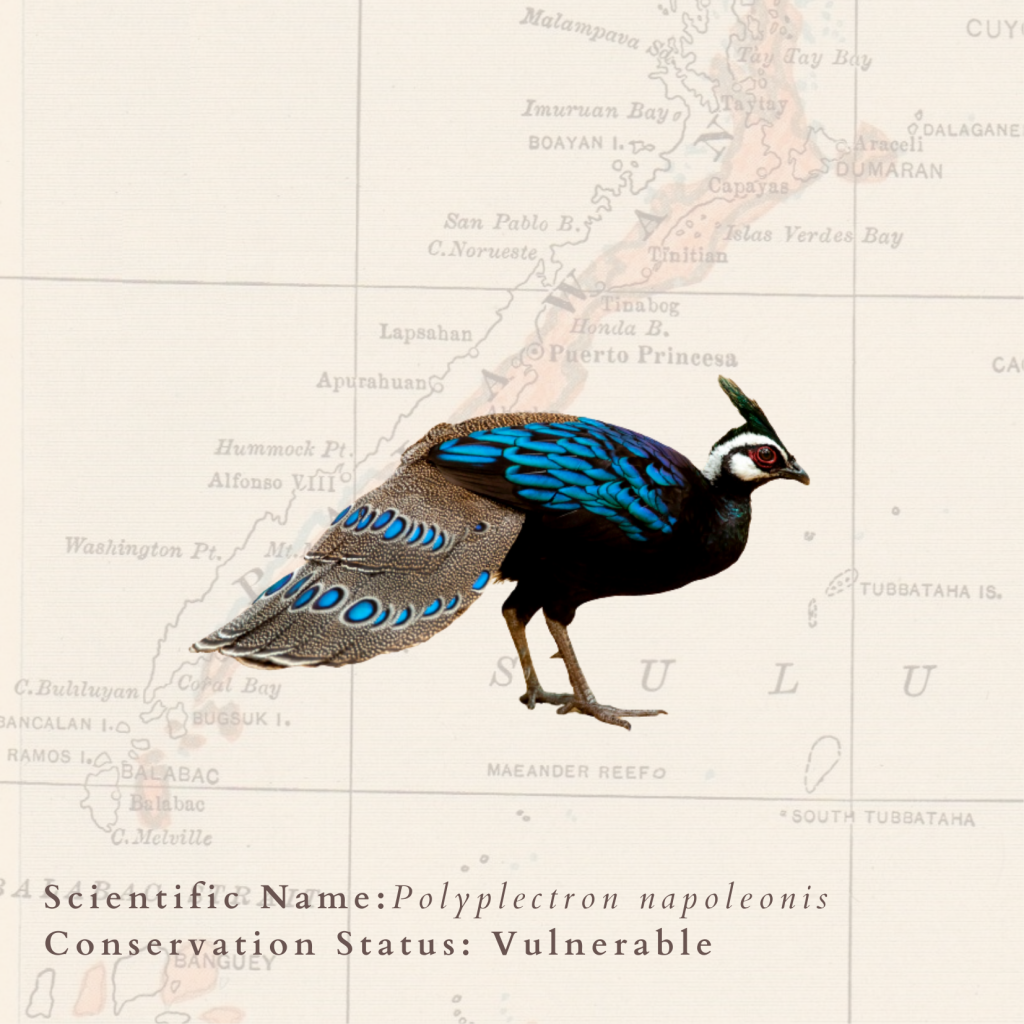
The Palawan Peacock-Pheasant is a medium-sized ground-dwelling bird. Just like the Philippine trogon, Palawan peacock-pheasants are sexually dimorphic. The female is entirely brown with a pale face. On the other hand, males exhibit spectacular metallic-blue wings and an extendable black crest. The male attracts the opposite sex by fanning out their spotted tail in an elaborate, peacock-like courtship display.
Puerto Princesa uses the image of the Palawan Peacock-Pheasant as its official seal. The bird is also prominent in the culture of the indigenous people of Palawan.
READ: [Typhoon-Resilient Trees: Our First Defense Against Natural Disasters]
Call for protection of our wildlife
We still have lots of wonderful Philippine animals in mind that we want to include in this list. But the most important thing we need to do right now is to amplify the call for the protection of our endemic species. We can start helping our biodiversity through simple acts such as planting native trees that will support their habitat. Finally, let’s actively participate in discussions on environmental issues, and find courage in reporting illegal wildlife trade.
If you know anyone selling or keeping illegally-traded wildlife, you can make an anonymous report to the DENR-Biodiversity Management Bureau.


